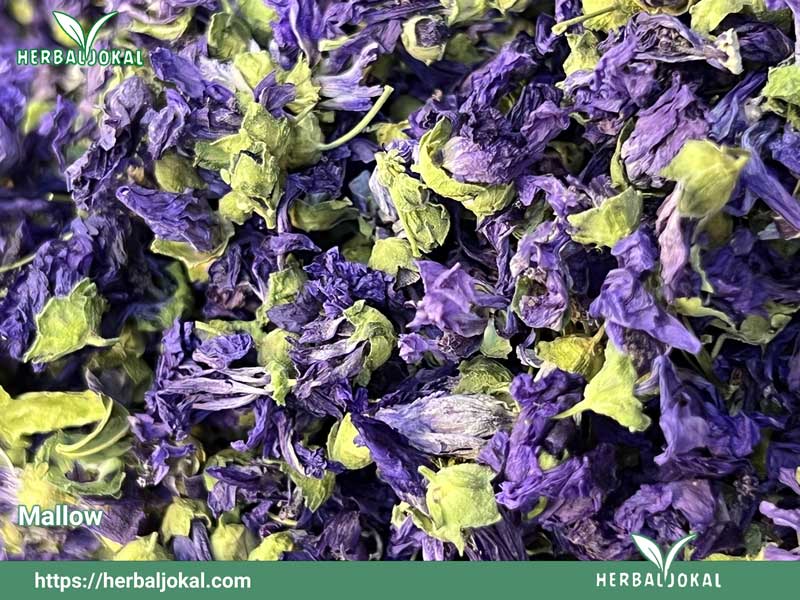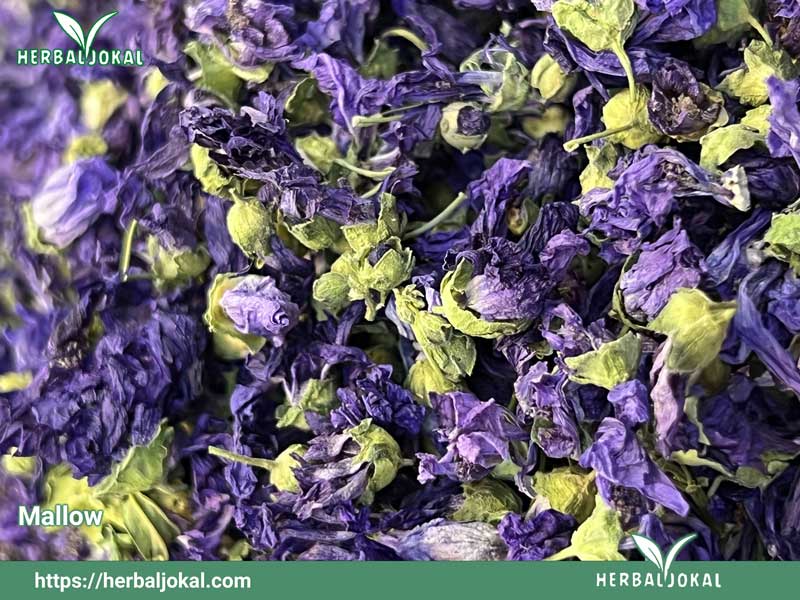Mallow
It grows abundantly in most parts of Iran, especially in Khuzestan province, Andimshek city and plains around that city. Our company has a farm in Khuzestan province and cultivates this product. Due to having a farm, our company can export this product to the whole world with the best quality and price without intermediaries.
How to buy
Our company can send this product with any analysis you want and in the form of your desired packaging through different transportation methods such as (FOB) (CFR) (DAP) (CIF). It should be noted that we also offer free product testing for you.
Our offices in Oman, Iran and America are ready to serve you.
In Iran, due to the variety of climates, there are a significant number of medicinal plants (about 450 species), which has given special privileges to Iranian traditional medicine. Almost in most regions of Iran, species of medicinal plants grow. Many valuable species can be harvested in different regions, but some regions contain more species due to their climatic conditions. Due to its location at the intersection of the two main mountain ranges of Iran, the Alborz and Zagros mountain ranges, the central province has a favorable climate for the growth of medicinal plants.It is a member of the medicinal plant family of marshmallow. It is a creeping and stable plant, and its stems are erect, branchy, hairy and branched, its flowers are blue and pink, and its fruit is flat.Do not judge flowers by their appearance. Many people think that this plant is a grassy species and is one of the weeds when they first encounter the flower of Mallow. But this is a wrong belief.
The Mallowplant with its purple flowers often grows in the plains and its height usually reaches about 60 cm.The growing areas of this plant in Iran are Azerbaijan, Astara, Isfahan, Alborz areas, around Tehran, northern Iran, northern Iran, Damghan, Kerman, southern Iran, Baluchistan, Khorasan, Behbahan and other regions of Iran. Although this plant is cultivated in Iran, in some parts of the country it is also planted in fields for use as medicinal plants.
The Mallowplant has been used as one of the medicinal plants in the past and it was considered one of the medicinal plants in ancient times. This plant has been known and used since 8 centuries BC. In the 3000-year-old fossils discovered in Syria, the remains of Mallowplant seeds were found between human teeth.
Used parts of Mallowplant:
Almost all parts of the Mallowplant such as leaves, flowers, seed pods and even roots can be used.
Ecological needs:
This plant grows in coastal areas to mountainous areas. Mallowplant grows in soils rich in nutrients and with medium texture and thickness. This plant needs a lot of water in all stages of its growth.
Soil preparation:
In autumn, the land is deeply plowed and then potash oxide (80-100 kg/ha), phosphorus oxide (40-60 kg/ha) and nitrogen (10-20 kg/ha) are added to the land. do In the spring, the ground is leveled and the soil bed is prepared for planting the seeds. In this season, the reduction of soil moisture should be avoided.
planting:
Propagation and planting of Mallowis done through its seeds. It is better to grow Mallowalternately with cereals or other plants. It is better to repeat the cultivation of Mallowafter three years.
Row planting:
The right time for direct planting of Mallowis from late March to early April. For this purpose, after preparing the soil, the seeds are planted in rows with a distance of 60-80 cm. In row cultivation, 3-4 kg of seeds are needed for each hectare of land. In this method, the seeds are planted at a depth of 1-2 cm. After planting, the land should be watered immediately.
Mound planting:
In the heap method, the distance between rows is 60-80 cm and the distance between two plants in a row is 30-40 cm. The seeds are planted at a depth of 1-2 cm. In this method, five to six seeds are placed in each hole (mound) and weak plants are removed after sprouting and growing. In the heap method, 1 to 1.5 kg of quality seeds are required per hectare.
Growing:
If the seeds are planted densely, when the plant has seven to eight leaves, they thin them. so that the distance between two bushes is 30 to 40 cm. The Mallowplant is sensitive to chemical herbicides, so weeds must be removed mechanically (two or three times during the growth of the plant). Regular watering of the plant has a significant effect on increasing the quality and growth of the plant.
Harvesting:
In early summer, seed pods are suitable for harvest and use. The flowers of the Mallowplant should be harvested during the blooming period and before they fully open, along with the sepals in late spring and early summer. At the time of harvesting, they are placed in the basket and avoid any pressure on it. They dry the flowers two to three knuckles thick on top of each other in the shade. The sun destroys the effective substances of the plant.
Leaves without petioles are harvested from June to July for medicinal purposes. The best time to harvest the leaves is when the plants have flowered. As for the roots of the Mallowplant, whenever they grow enough and become big enough for the plant, they are harvested mainly in the fall and cleaned and dried for use. The ratio of fresh to dry flowers of the plant is 6 to 1 and the ratio of fresh to dry leaves is 5 to 1.
Properties of cheese:
- Mallowis moderate and softening.
- It unblocks the liver ducts
- It causes an increase in urine and milk.
- Its infusion with sugar is useful for cough, jaundice, stomach ulcer and urethral burning.
- The Mallowegg is also cold and moist and has a lot of glaze, so it is useful for hot and dry coughs, strengthening the intestines, kidney and bladder ulcers.
- Paneerak flower decoction is also useful for kidney and bladder ulcers as well as intestinal pain.
- Pregnant women or new mothers may like to know that fenugreek leaves can provide beneficial amounts of iron, as well as zinc and most vitamins.
- Gargling has a beneficial effect in relieving irritation of the oral mucosa and sore throat.
- Tea made from the leaves or flowers of this plant can be used to treat coughs, colds and hoarseness.
- If you mix the ground leaves of this plant with olive oil, it is effective for treating burns and scorpion stings.
- A poultice prepared from its roots and leaves is useful for back pain.
- Sitting in water brewed from its leaves is useful for softening anal swellings and strengthening uterine muscles.
- Mallowwith marshmallow is useful in relieving respiratory inflammation.
Prohibited usage:
- Diabetic patients or people whose body shows sensitivity to blood sugar changes, should take this plant with more attention, because it may cause a decrease in blood sugar.
- People who have a history of allergy to medicinal plants should be careful in consuming cheese.
- The use of Mallowplant is prohibited for women during pregnancy.
- Also, excessive consumption of cottage Mallowwill upset weak stomachs.
How to use:
- Pour a glass of beer on a tablespoon of dry flowers and strain after a quarter of an hour, it is better to press the leaves well to remove all the glaze, because its medicinal properties are created in the glaze (reducing and treating urinary infections and diarrhea)
- Boil two tablespoons of the dried flower of Paneerak in a cup until it is reduced by half and mix well until it becomes a glossy and thick liquid and use it as a mask on acne or inflamed areas of the skin, it is unique in removing inflammation.
- In general, do not overdo the oral consumption of this medicinal plant without consulting a doctor.
Source:
: https://www.britannica.com/plant/mallow-plant
: https://www.webmd.com/vitamins/ai/ingredientmono-192/mallow
: https://www.bhg.com/gardening/plant-dictionary/perennial/mallow/
: https://www.wildfooduk.com/edible-wild-plants/mallow/
: https://www.merriam-webster.com/dictionary/mallow
: https://www.eatweeds.co.uk/mallow-malva-sylvestris





Reviews
There are no reviews yet.